American Perennial Plant Association (PPA) announces "perennial of the year" annually. One may think that it's just one of many marketing strategies to promote a product. But in the case of PPA, we can be sure that there are serious reasons for it :
"The Perennial Plant of the Year® (PPOY) program began in 1990 to
showcase a perennial that is a standout among its competitors.
Perennials chosen are suitable for a wide range of growing climates,
require low maintenance, have multiple-season interest, and are
relatively pest/disease-free." Perennial Plant Association
Simply, PPOY are reliable great garden performing perennials that could be used a lot more in our landscapes (similar program that also includes vegetables and annuals is All-American Selections). If you want to know more about the past PPOY, click here to Walters Gardens PPOY archive.
Phlox 'Jeana' is no exception - it is a tall cultivar, actually a natural form discovered growing along the Harpeth River near Nashville, Tennessee. It was distinguished as very healthy, mildew resistant foliage and strong vigorous growth. Cultivar name 'Jeana' bears name after it's discoverer, Jeana Prewitt.
This natural form is now clonaly propagated (either from cuttings - leaf or root cuttings, or from divisions). Interestingly enough, the flowers are sterile and rarely set up seeds (unless you have other forms or cultivars around). Despite the sterility, they are a true butterfly magnet and for a very long time from early July to mid September. The most frequent visitors are swallowtail butterflies, but also Monarchs, skippers, hummingbird moths, sphinx moths, some bees and even hummingbirds.
As you can see from the video, the flowers are very small, tubular, arranged in densely packed clusters. For the plant hybridizers this could look like a step back, because the flower size and height are the most desired and altered features in phlox hybridizing (and recently more and more the mildew resistance).
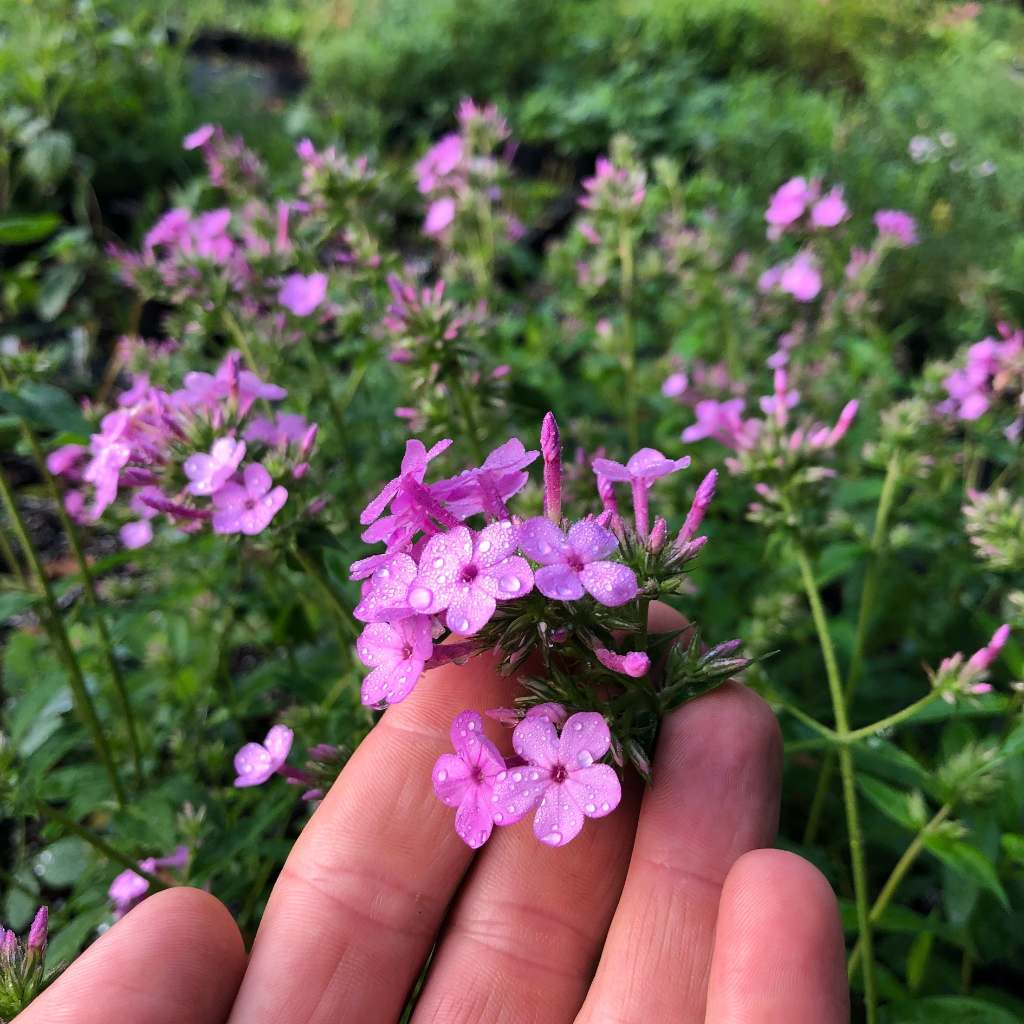
Real size of 'Jeana' in comparison to fingertips ©US Perennials
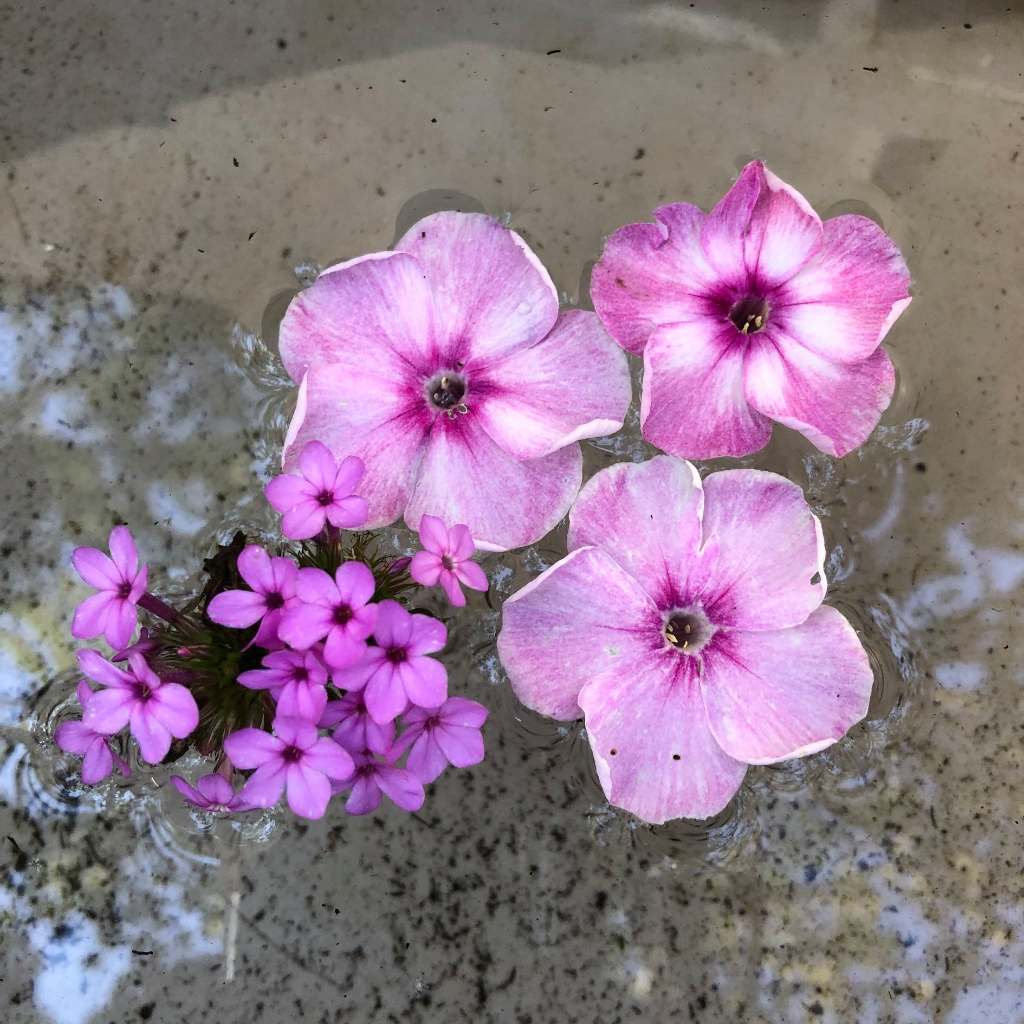
'Jeana' flowers in comparison with large-flowered Phlox 'Hercules' ©US Perennials
WHERE TO PLANT & COMPANIONS
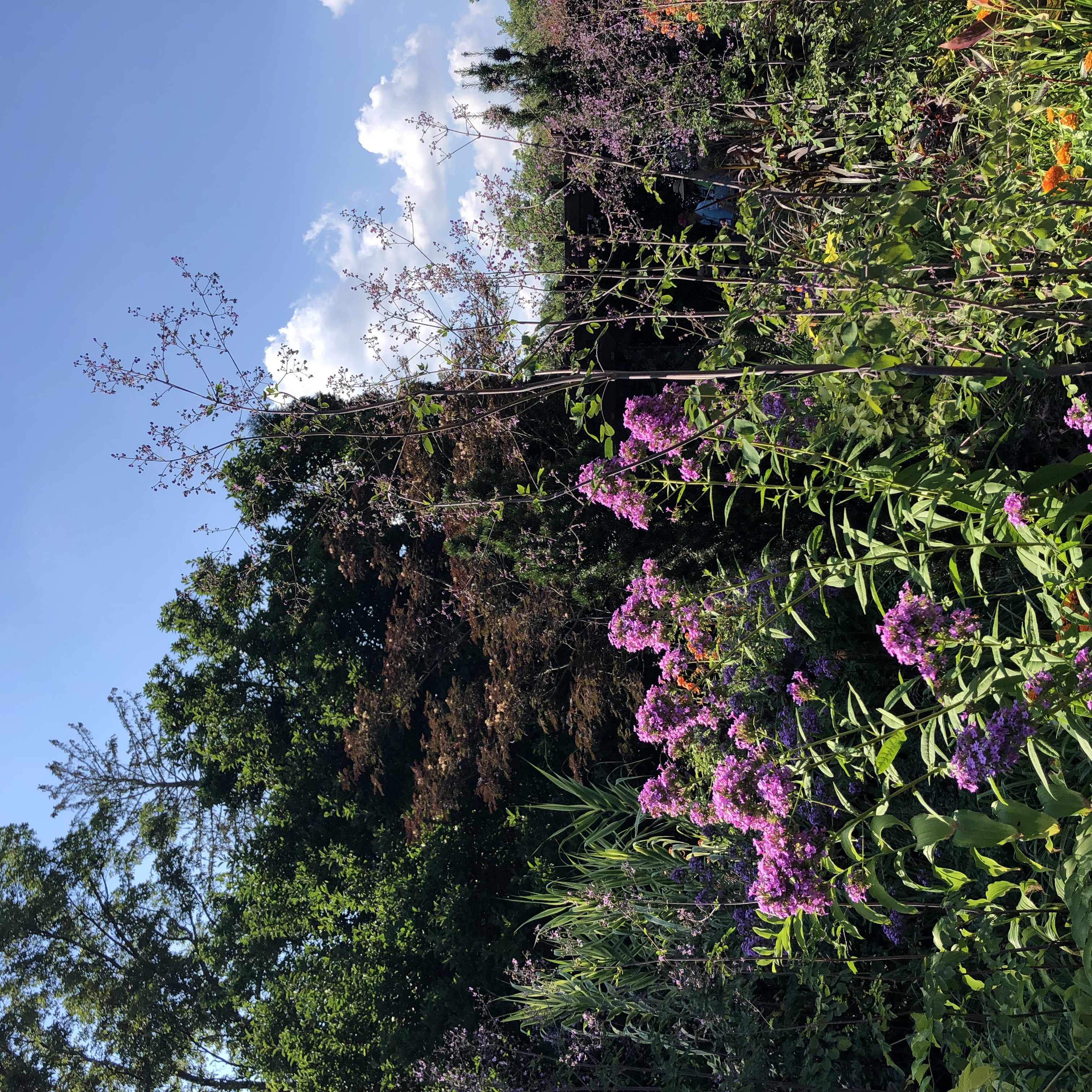
Phlox 'Jeana' is a tall one - it will reach 5' of height. In highly amended soils full of nutrients it can even open and flop.This has a simple solution of cutting the plants back in late May/early June = plants will be bushier, shorter and still bloom at the same time. 'Jeana' may also flop only at the first couple of years after planting, until it "settles down" and uses the excess of nutrients, then it will stay more upright. In the picture is Phlox 'Jeana' nicely contrasting with very tall Thalictrum rochenbrunnianum in Chanticleer Garden, Pennsylvania. ©US Perennials
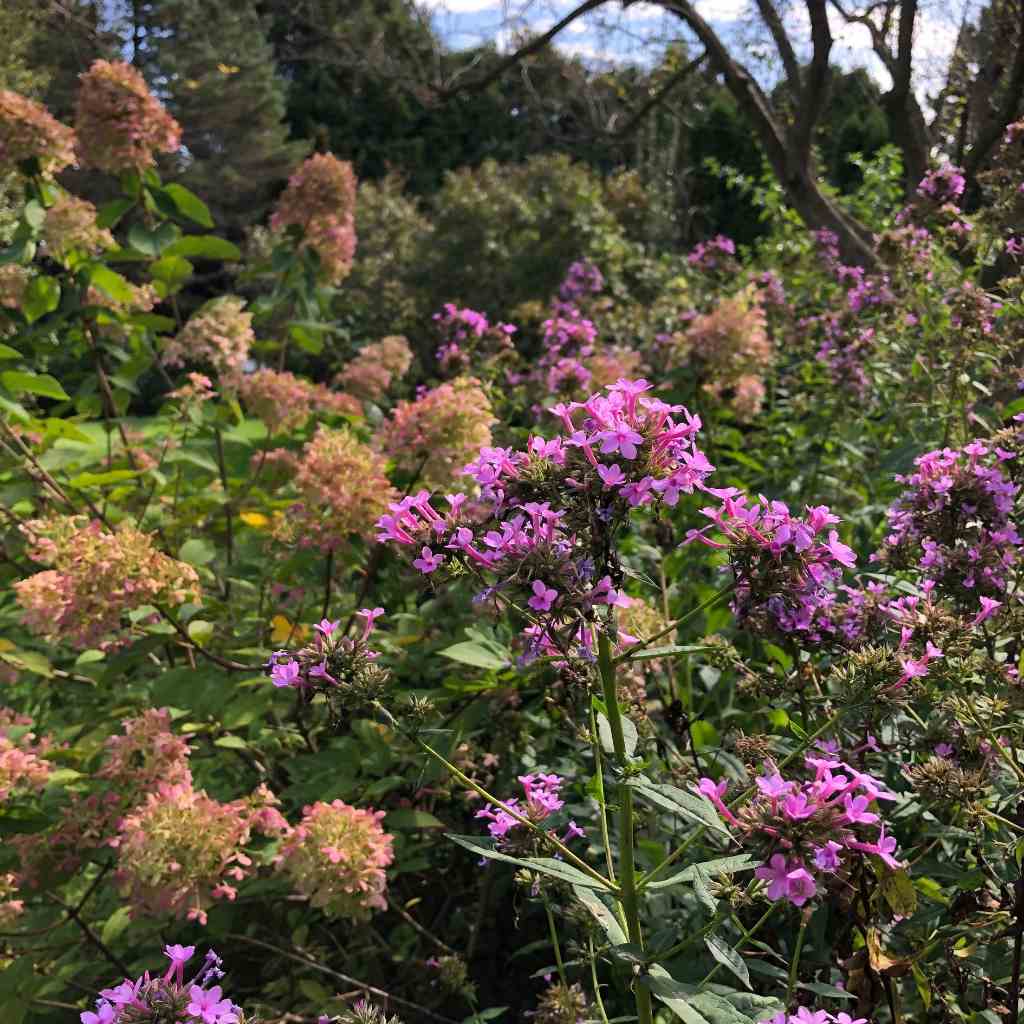
Fully grown mature 'Jeana' will form wider clumps (about 2-3' wide) and can remind of smaller bush. It can also be combined with bushes - here with Hydrangea paniculata (Panicle Hydrangea cultivar) at Roy Diblik's Northwind Perennial Farm in Wisconsin (early October) ©US Perennials
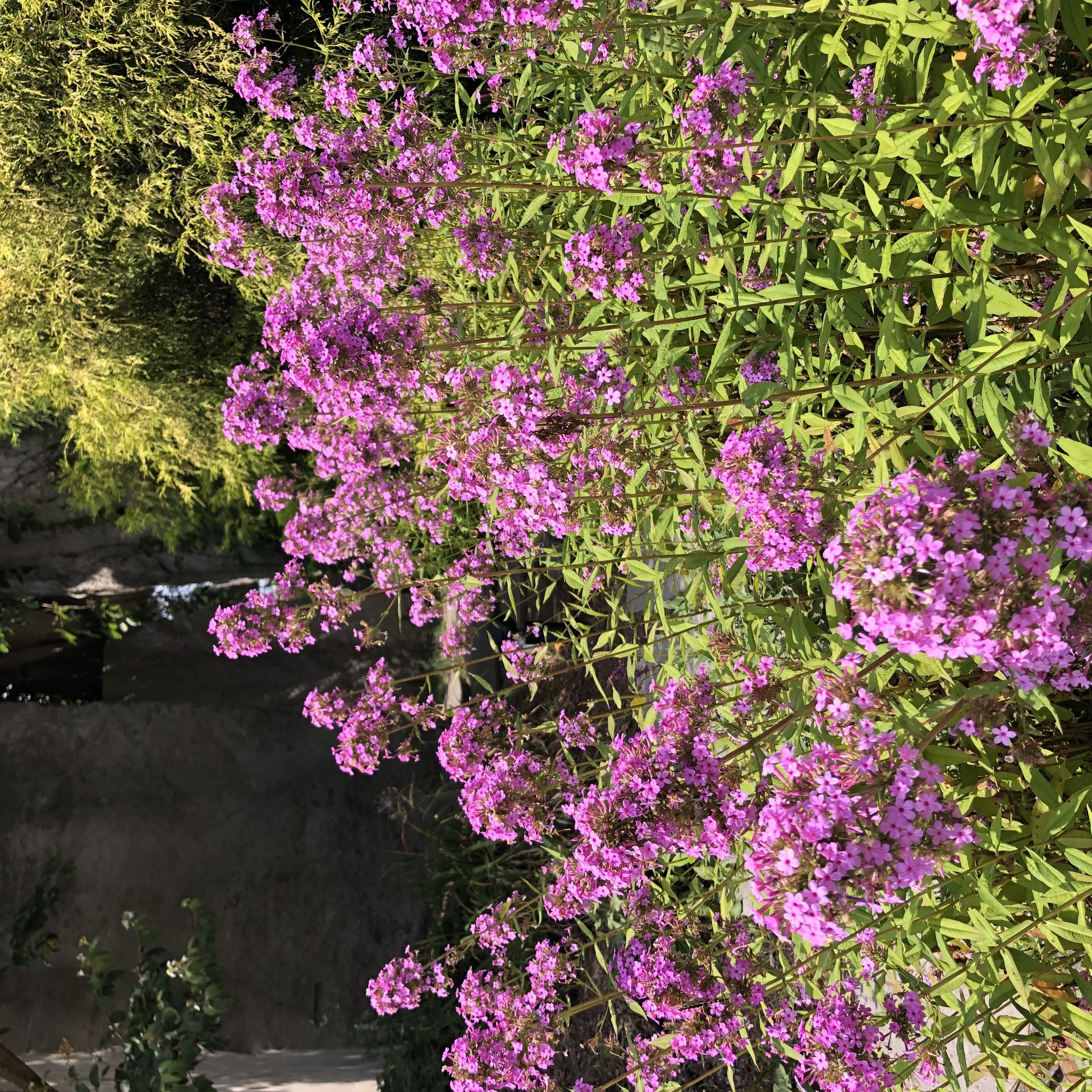
'Jeana' does best in full sun, and well-aired spot. We planted some in morning dappled shade area, with later full afternoon/early evening sun exposure and 'Jeana' developed some leaf spots, not necessarily mildew. But expect much better overall health and performance in full sun. Average soil, amended with some organic matter is usually enough, established plants seem to be drought tolerant too (just like heat and humidity tolerant). ©US Perennials
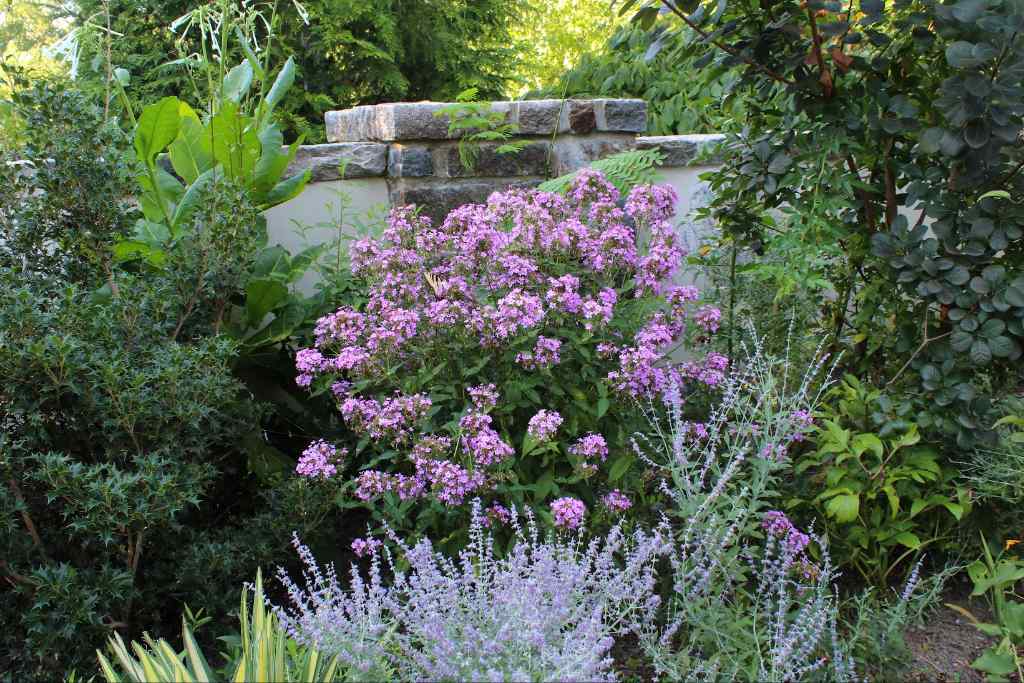
'Jeana' goes well with many common perennials, small shrubs and annuals. Here in the picture from Chanticleer with Yucca 'Color Guard' (yellow-gray tips only - bottom left), Perovskia (Russian Sage), shrubs - Ilex (Holy) and Cotinus (Smoke Bush) and also annual Nicotiana sylvestris (Woodland Tabacco in the upper left corner). ©Andrew Marrs Garden Design
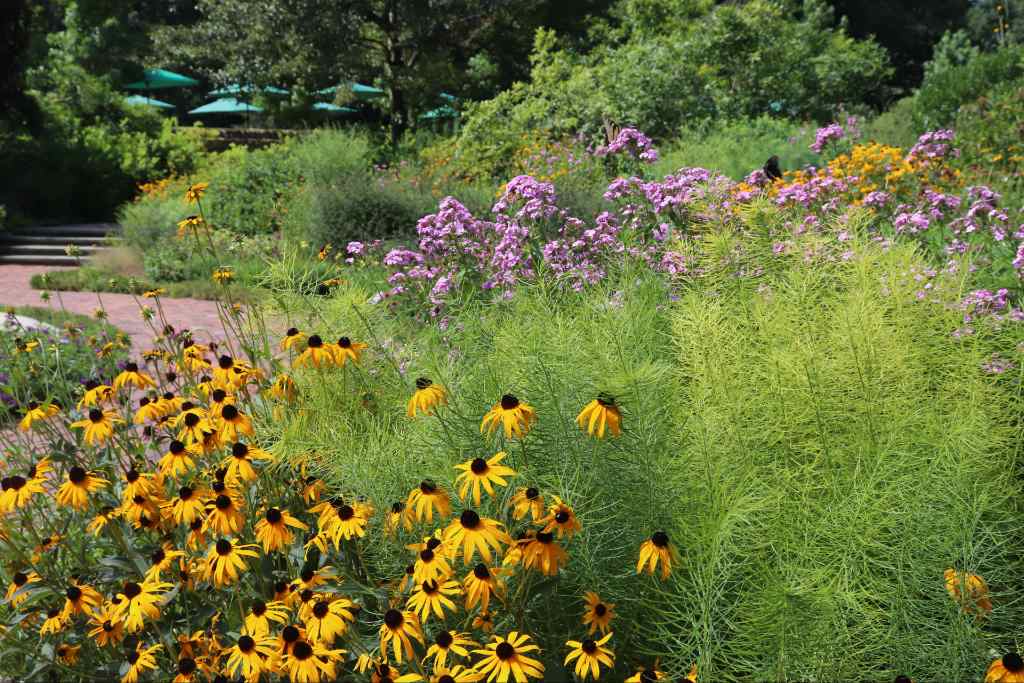
The same bed at Mt. Cuba center, at the same time (early August 2022), but close by look - nice contrasting combination of Rudbeckia fulgida var. speciosa (Showy Black-eyed Susan), Amsonia hubrichtii (Arkansas Bluestar) ©US Perennials
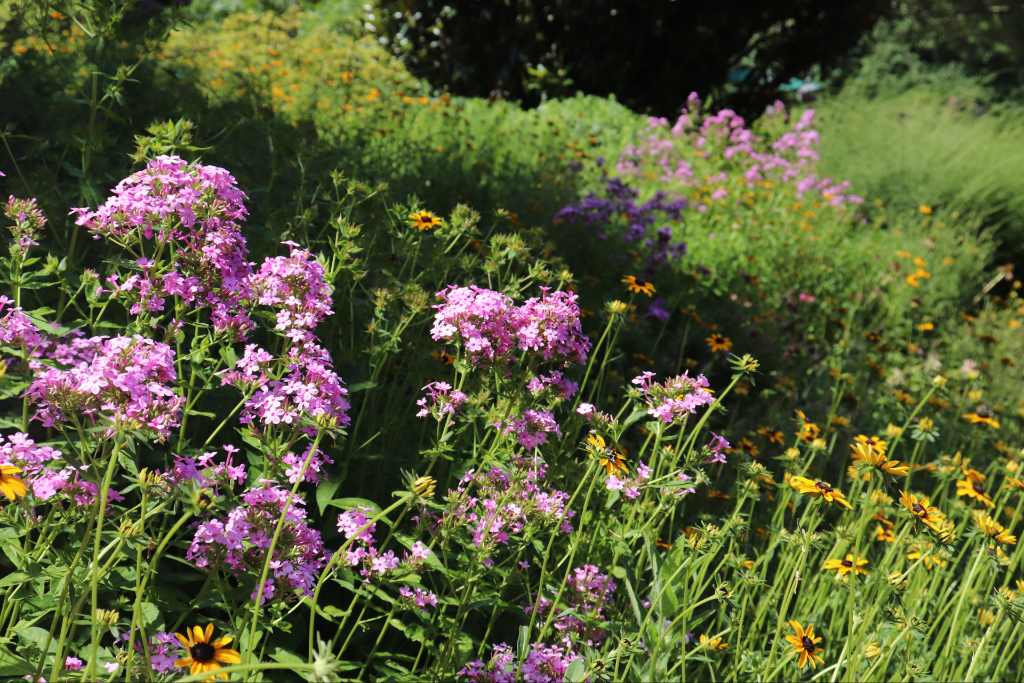
Phlox paniculata 'Jeana' in nice repetition throughout the flower bed (Mt. Cuba, beg. of August). Here combined with Rudbeckia fulgida var. fulgida (Black-Eyed Susan)). Notice how late this natural variety of Rudbeckia is - it is actually the last one to bloom! While all the other R. fulgida forms and cultivars are either in full bloom or on the path to decline (like the var. speciosa = one more picture above), R. fulgida var. fulgida is usually budding or starts to bloom. Another identification feature is very wiry stems and smaller flowers. (another late bloomer is Rudbeckia subtomentosa = Sweet Coneflower and it's cultivars). ©US Perennials
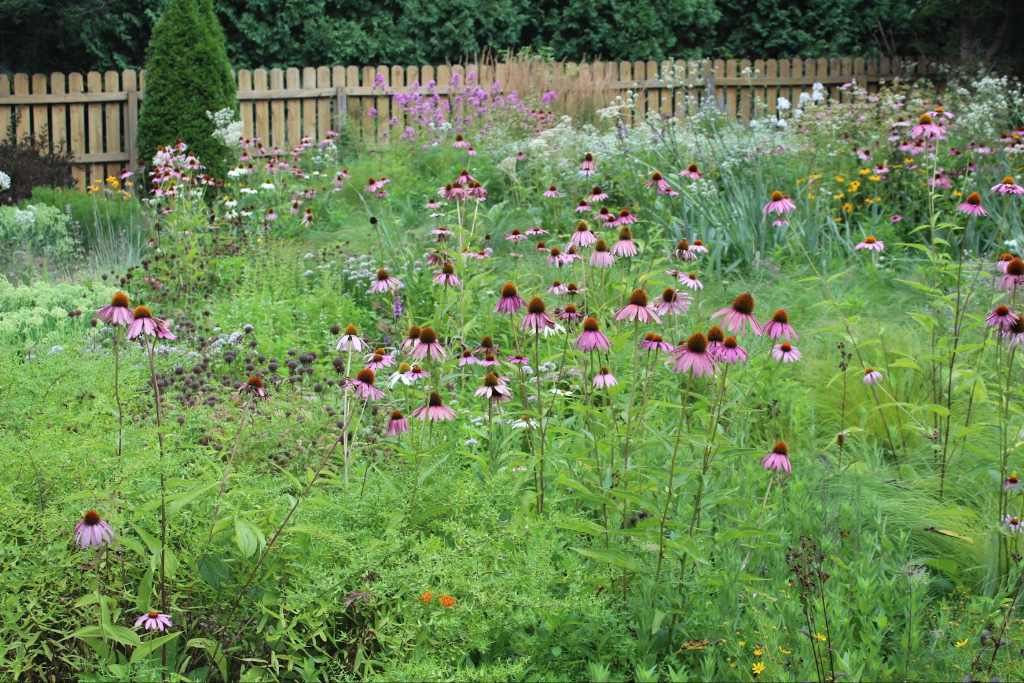
Phlox 'Jeana' in the background in an award winning naturalistic garden designed by Andrew Marrs, Bloomington, Indiana. Possibly mid/late July. ©Andrew Marrs Garden Design
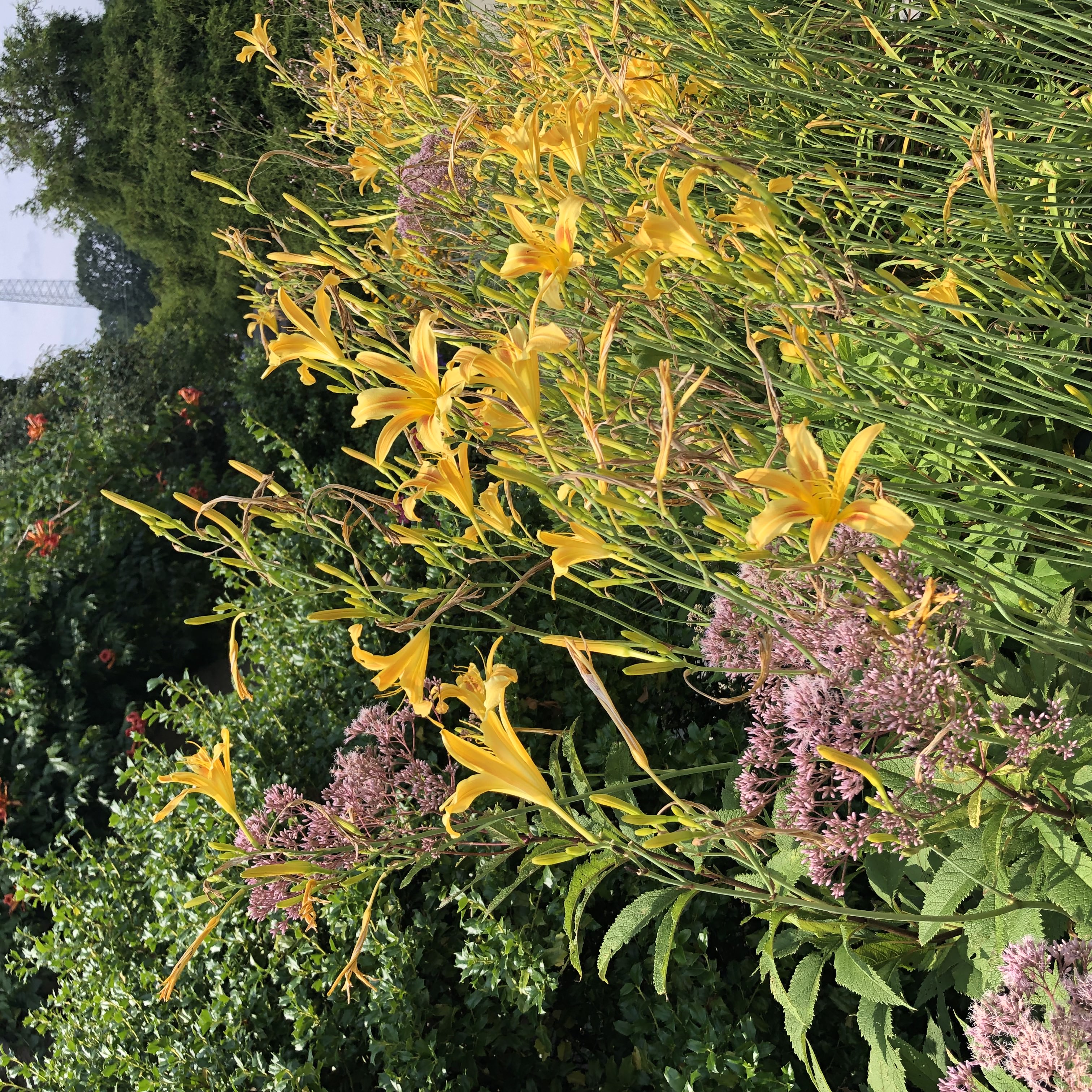
Other perennials that will overlap with 'Jeana' are late blooming Hemerocallis (daylily). Here it's 'Autumn Minaret' or Eupatorium (tall Joe Pye Weed). 'Jeana' isn't in this picture, but was planted right next to these. If you aim on flowers meeting 'Jeana' in bloom, try also tall Agastache, fall Asters, Caryopteris, Chelone, Liatris (especially late blooming L. scariosa, L. pycnostachya), Lobelia siphilitica, Pycnanthemum muticum, tender Salvia x guaranitica hybrids, Scutellaria incana, various Solidago or Vernonia. ©US Perennials
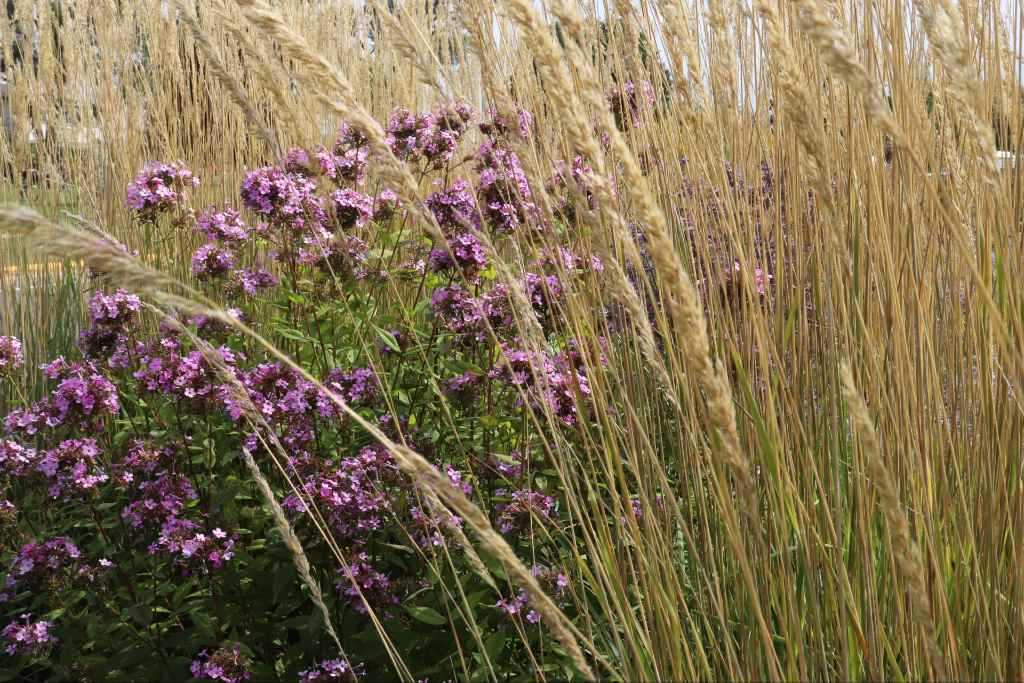
Grasses are always good and usually neutral companions to flowering plants. 'Jeana' with Calamagrostis x acutiflora 'Karl Foerster' in Lake Geneva (Wisconsin) in the middle of September 2023. Boulevard plantings designed and maintained by Roy Diblik. Other good grass combos would include Andropogon gerardii (Big Blue Stem) or Panicum (Switchgrass). From smaller grasses Eragrostis spectabilis (Purple Love Grass), Sporobolus (Prairie Dropseed) or even 'Schizachyrium scoparium (Little Bluestem), ©US Perennials
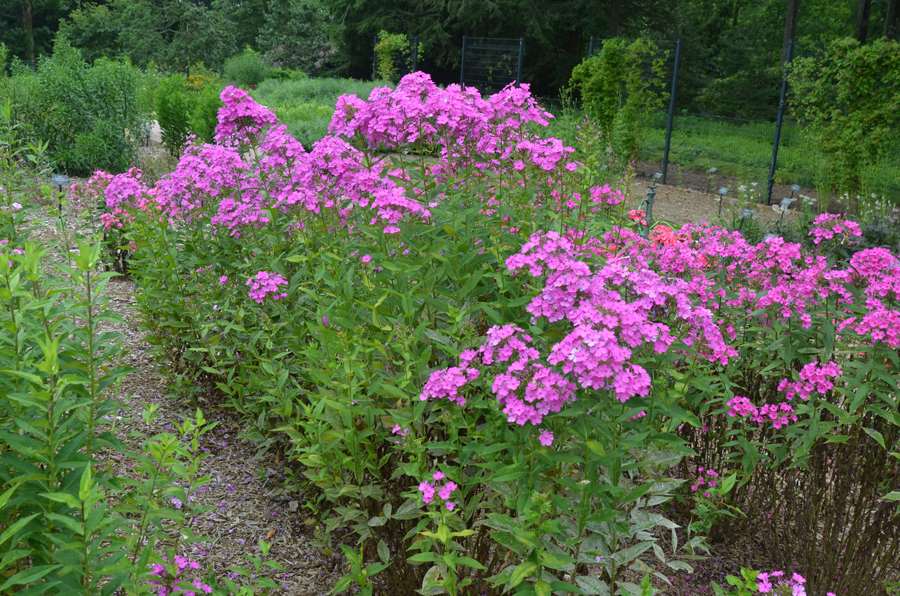
To avoid overflooding our gardens with 'Jeana', also look at the other great performers from Mt. Cuba trials. Here is for example another very vigorous grower, very tall (5' or more) and healthy, in many aspects reminding that it is quite close to the botanical species = Phlox paniculata 'Robert Poore'. But don't expect as many pollinators on this one. ©Mt Cuba
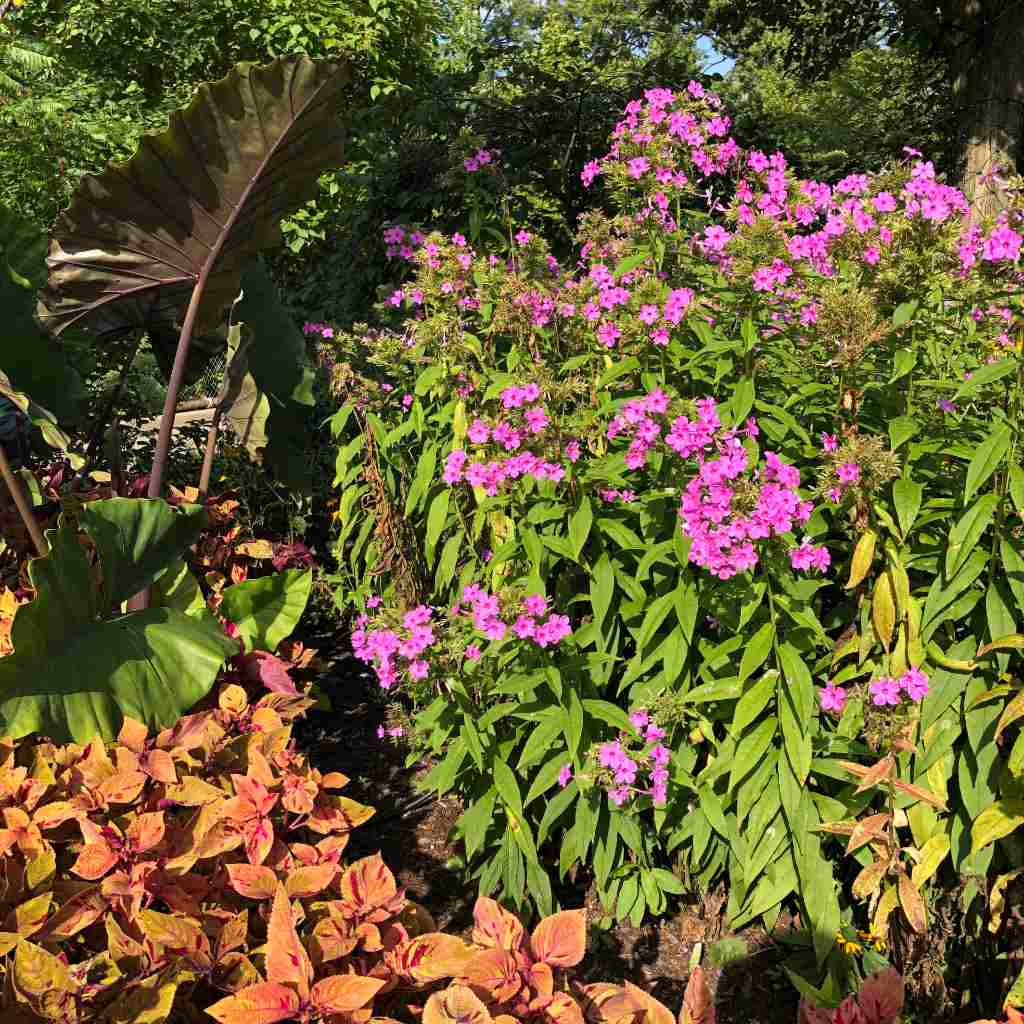
Another vigorous and healthy phlox, reminding of shorter version of 'Robert Poore' = Phlox paniculata 'Shortwood'. About (it's about 4' tall and surely has some genes of the wild phloxes). Picture taken at Cincinnati Zoo and Botanical Gardens. ©US Perennials

